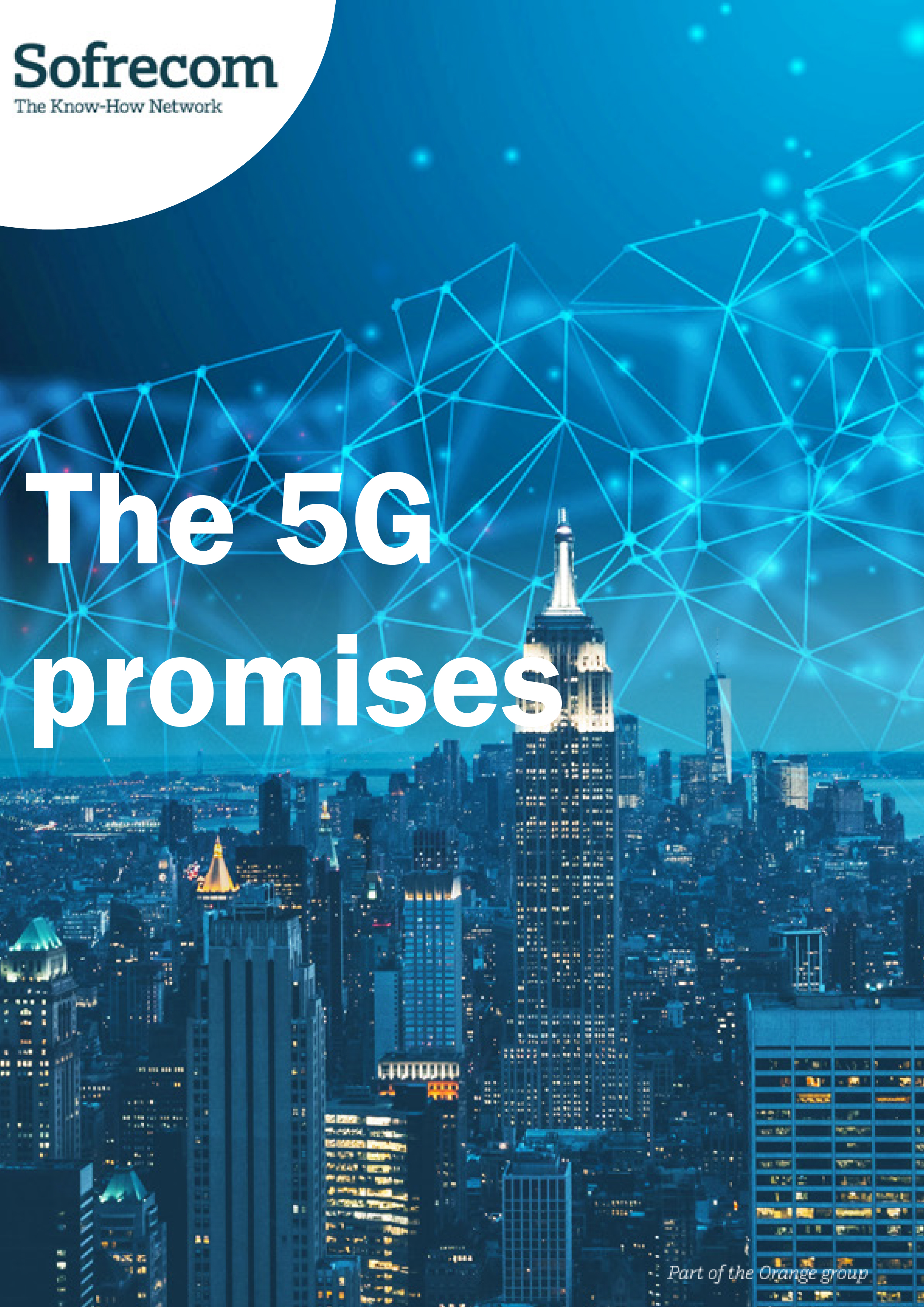

Private mobile networks are booming. They offer optimal performance while benefiting from a favorable technical and regulatory environment. Are these networks likely to preempt the 5G networks value? This will depend on the capability of operators to perform a Copernican reversal around mobile SLAs. They will not do it on their own, they have to stay close to customer use cases and leverage the emerging ecosystem.
Service Level Agreements in business-to-business (B2B) services
A Service Level Agreement (SLA) is first and foremost a contract that transcribes the supplier's ability to commit to predictable performance. For example, within the framework of a guaranteed response time (GTR) of less than 4 hours, it states that the supplier has put in place the necessary trouble ticketing system, pre-position on-duty teams for repair, etc... Within the framework of a throughput or transit-delay commitments, SLA may be associated to sophisticated reporting systems.
Predictability of interventions in case of failure, stability of performance and the ability to track and report are the fundaments of credible SLA, much more than the amounts of penalties that rarely compensate for the operating losses of customers.
SLAs have long been associated with fixed telecom services in the B2B market. Marketed on both wholesale and retail access, B2B access with SLAs can be valued up to 10 times higher than its B2C technical equivalent.
Challenge to monetize SLA on the mobile network
The mobile world is not comfortable with these SLA concepts for several reasons:
- Mobile network deployment and sizing is based on B2C needs.
- The uses of B2B mobile users are difficult to distinguish from those of B2C users.
- The application of a B2B specific Guaranteed Response Time (GRT) is problematic in the mobile world where all physical elements are shared.
- Propagation constraints make performance stability difficult, especially in motion
Ultimately, it is extremely difficult to monetize a mobile resource reservation at its fair cost. This rule has not suffered from any exceptions a within the Service Provider Community.
5G breaks with some limitations of the previous generation
On the Demand side : the most promising use cases for 5G are driven by B2B, and the Internet of Things, including use cases such as connected factories (Industry 4.0). If employees in companies use their phones like humans at home, it is not the case for machines. Machines will now need performances and SLA that human did not required before.
On the supply side: Slicing (the ability to create mobile sub-networks) is a fundamental marketing (and technical) element of mobile monetization because it generalizes the ability to handle some customers differently, better than others. Even if slicing doesn't create quality of service, it opens the door to mobile network monetization.
Private networks could capture most of the 5G Value
The most promising area of 5G monetization is industrial campuses. The objective is to cover a factory with dedicated 5G antennas in order to unify all connected robots under a single architecture, more flexible, that performs better than the legacy WiFi or wireline. These networks are not exclusive to operators and can be deployed by all kinds of IT players.
Dedicated solutions have the benefits to offer optimal coverage of the site, a feeling of reinforced security, data control, redundancy and finally... an optimal control of the SLA. This creates a winning cocktail of benefits composed by dedicated spectrum, optimized antennas and ability to process 100% of the information on campus. This allows to guarantee availability & application response times compatible with the most demanding processes.
The 5G ecosystem, virtualized and more open than previous generations, improves the competitiveness of private solutions. These are pushed by regulatory authorities who have allocated frequencies to private companies in many countries such as Belgium, France or Germany. With the future millimeter wave frequencies (26Ghz) it will be necessary to deploy small antennas in high density; they will be part of the building design, giving the building owners/managers a considerable advantage.
Moving the SLA battle from the periphery to the center
So the SLA battle will to be fought at the site level, on an environment that is not favorable to operators. It is an unusual use of mobile networks: spectrum resources may be dedicated, antennas are dedicated, and mobility is limited. 5G is used for LAN/MAN (Local/Metropolitan) and not over long distances.
For operators the counter-attack can be fought according to several strategies:
- Guerrilla warfare: Act as an integrator of 100% private radio solutions by leveraging their assets in the cloud, cyber security or analytics.
- Trench warfare: Offer private network capabilities on shared elements (spectrum, antennas, core network, development platform,...). Operators have the advantage of the cost structure, and the weapon of slicing / virtualization that allows them to isolate parts of the mobile infrasturcture. These are the hybrid networks.
- Movement Warfare: Agreeing to reserve shared network resources for B2B use. This formula, which is frightening because it can potentially limit the performance of B2C customers, could be relatively painless from a resource point of view, if we remind that 80% of mobile usage is made of consumer videos.
Towards 5G investment valorization
In order that 5G benefits to operators' shared networks, and not to integrators' dedicated solutions, a major marketing effort will be required. If we refer to the history of SLA in the fixed world, this need assembling the entire ecosystem - solution providers, evangelizing telecom manufacturers but also ambitious wholesale players. The paradigm shift may be triggered by the advent of a new generation of actors which integrate vertically the entire value chain: service + software-equipment + IOT sensors + connectivity/ MNO-VNO.





